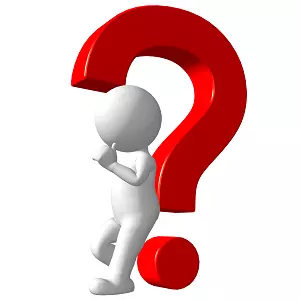Blood is pumped around our body no matter how big by the heart through a network of blood vessels.
The human body has three types of blood vessels:-arteries, veins and capillaries. Arteries carry blood containing oxygen and nutrients to different parts of the body, reducing in size the further away from the heart. Veins carry blood lacking in oxygen towards the heart, first emptying into bigger veins which eventually empty into the heart. The capillaries connect the smallest arteries to the smallest veins. What you see on your forearm when you clench your fist are veins.
In order for the blood to travel to all parts of our body in the shortest, it has to be under pressure; it is this pressure that is measured.
1. Q. What is blood pressure?
A. Blood pressure is the measurement of the pressure within the arteries. It is determined by the pumping strength of the heart, the size and elasticity of the arteries and the thickness of your blood. Your blood pressure has two readings—the systolic and the diastolic.
The systolic pressure is the higher reading, it records the pressure within the arteries as the heart contracts and forces blood into the arteries.
The diastolic is the lower reading and records the pressure in the arteries as the heart relaxes and fills up with blood from the veins.
2. Q. What is normal blood pressure?
A. There is normal blood pressure range—90/60mmHg to 140/90 mmHg. If below 90/60 mmHg, your blood pressure is considered low.
3. Q. What is High Blood Pressure?
A. If your blood pressure is consistently above 140/90mmHg, it is called high blood pressure or hypertension.
There are two types of high blood pressure—Primary (Essential) Hypertension and Secondary Hypertension. Primary hypertension is the type of hypertension most people have and has no known cause but there are risk factors. Secondary hypertension is usually due to another disease and is uncommon.
4. Q. What causes High Blood Pressure?
A. Primary hypertension is associated with the following risk factors—age (above 40 years), family history of hypertensives, obesity, lifestyle (alcohol intake, smoking, high salt diet, lack of exercise), stress and race.
Secondary hypertension can be due to kidney disease, and some chemicals (hormones) in the body.
5. Q. What are the symptoms of High Blood Pressure?
A. In most cases there are no symptoms; occasionally, the person may experience persistent headache, dizziness chest pain or feel the heart beating (palpitations).
6. Q. What are the Possible Complications of High Blood Pressure?
A. Possible complications of untreated or poorly treated hypertension include heart failure, stroke, heart attack, kidney damage and also damage to the eye blood vessels resulting in blindness.
7. Q. How is Blood Pressure measured?
A.Your blood pressure can be measured using a mercury based instrument called sphygmomanometer or an electronic device. For a reliable figure, you must be relaxed, be sitting for about five minutes with your forearm on the table and you must empty your bladder if it is full.
I prefer three readings taken on a sitting and the average taken as the figure for that visit. One visit is not enough to conclude that a person has high blood pressure.
8. Q. Can High Blood Pressure be cured?
A. Secondary hypertension can be cured if the disease causing it is cured.However, Primary hypertension can only be controlled using drugs, exercise and change in lifestyle.Treatment once started is in most cases for life.
Share this!
- Share on Facebook (Opens in new window)
- Click to share on Twitter (Opens in new window)
- Click to share on Google+ (Opens in new window)
- Click to email this to a friend (Opens in new window)



No Comments